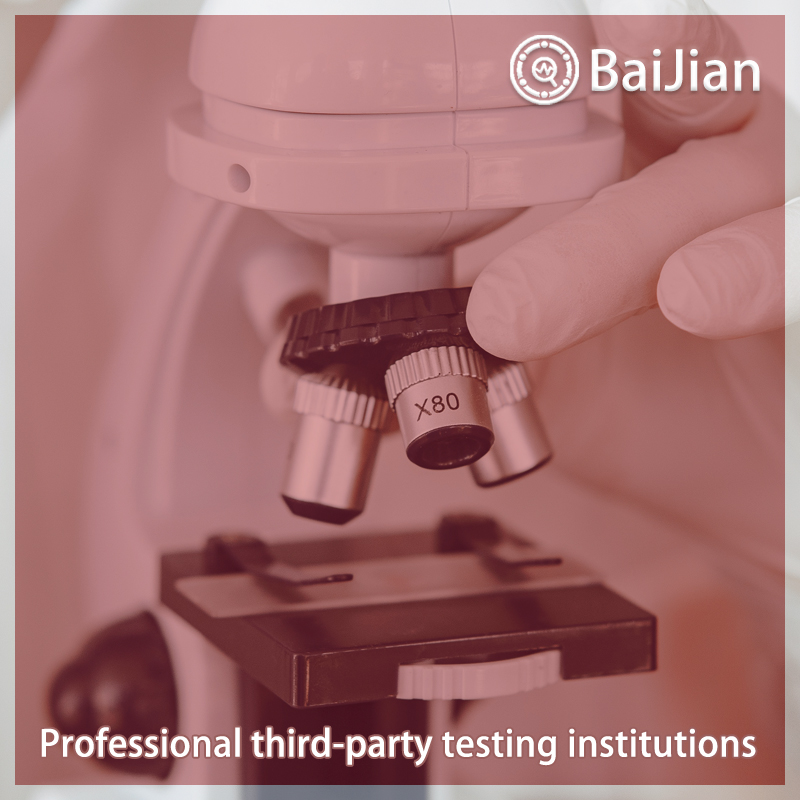
1.1 Scope GB 5013 Part 3 provides a detailed description of the product technical requirements for silicone rubber insulated cables with a rated voltage of 300/500 V. Each type of cable should comply with the corresponding requirements specified in GB 5013.1 and the special requirements of this part. 1.2 Reference Standards The provisions contained in the following standards constitute the provisions of this standard by reference in this standard. At the time of publication of this standard, all versions shown are valid. All standards will be revised, and parties using this standard should explore the possibility of using the latest versions of the following standards. GB/T 2951.1-1997 General Test Methods for Cable Insulation and Sheath Materials: Part 1: General Test Methods, Section 1; Measurement of thickness and overall dimensions - Mechanical performance tests GB/T 2951.2-1997 General test methods for insulation and sheath materials of cables - Part 1; General Test Methods Section; Thermal aging test method GB/T 2951.5-1997 General test methods for insulation and sheath materials of cables - Part 2: Special test methods for elastomeric mixtures - Section 1; Ozone resistance test - Thermal elongation test - Immersion in mineral oil test GB 5013.1-1997 Rubber insulated cables with rated voltages up to and including 450/750 V: Part 1: General requirements GB 5013.2-1997 Rubber insulated cables with rated voltages up to and including 450/750 V: Part 2: Test methods GB/T 3956-1997 Conductors of cables
Function of testing report:
1. Project bidding: Issue authoritative third-party CMA/CNAS qualification report
2. Online e-commerce platform entry: Quality inspection report recognized by major e-commerce platforms 3. Used as a sales report: issuing legally effective testing reports to make consumers more confident 4. Papers and research: Provide professional personalized testing needs 5. Judicial services: providing scientific, fair, and accurate testing data 6. Industrial problem diagnosis: Verify the troubleshooting and correction of industrial production problemsBaijian and testing process:
1. Telephone communication and confirmation of requirements
2. Recommend solutions and confirm quotations 3. Mail samples and arrange testing 4. Progress tracking and result feedback 5. Provide reports and after-sales service 6. If urgent or priority processing is requiredTesting and testing characteristics:
1. The testing industry is fully covered, meeting different testing needs
2. Fully cover the laboratory and allocate localized testing nearby3. Engineers provide one-on-one services to make testing more accurate
4. Free initial testing, with no testing fees charged
5. Self service order delivery for free on-site sampling
6. Short cycle, low cost, and attentive service 7. Possess authoritative qualifications such as CMA, CNAS, CAL, etc 8. The testing report is authoritative and effective, and is generally used in China